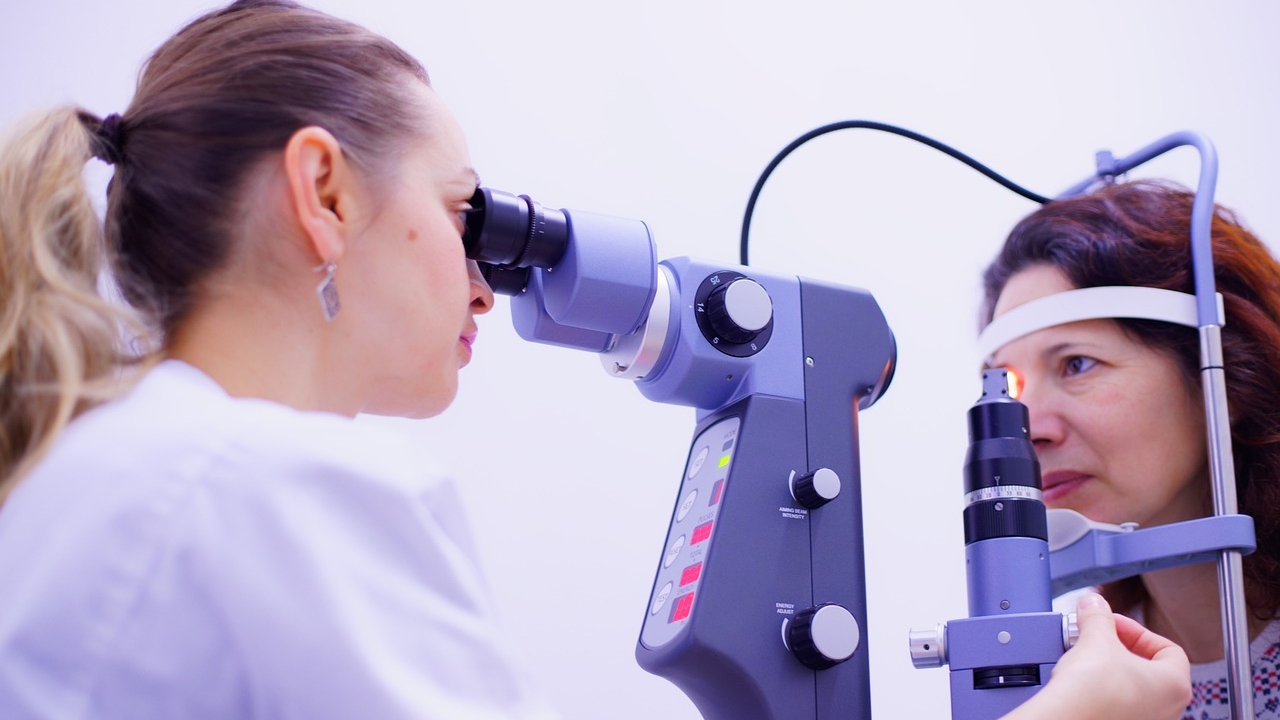What are floaters
The official name of floaters is “vitreous chaos” or “vitreous floaters”. The vitreous is a colorless and transparent colloid in the eyeball. Due to the normal aging process or other diseases or conditions, the vitreous or colloidal substance in the eyeball changes. When it gradually ages, denatures and liquefies, it will form some solid particles and fibers. , bubbles, etc., these substances will float in the vitreous body and move with the movement of the eyeball. When these substances appear near the retinal area, they refract light, causing symptoms of floaters such as black spots and lines.
The Difference Between Floaters and Cataracts
The explanation of ophthalmologists is that floaters and cataract are different diseases. Although both of them have dark shadows when seeing things, the cause of cataract is the opacity of the lens, which is mainly caused by age factors, and it may also be caused by systemic symptoms. Metabolic problems, or caused by trauma. Cataracts affect vision.
Floaters are caused by the degeneration of the vitreous body, and the turbidity of the vitreous body is often a physiological change. Many people will have it. Usually, there will be dark shadows when looking at things, but it does not affect vision.
What kind of people are prone to floaters
Although floaters are not a serious eye disease, they can affect the visual experience and cause inconvenience to life. People who may be susceptible to floaters:
1. Older people:With age, the fluid in the vitreous gradually becomes more liquefied, loosened, and solidified, and it is easy to form irregular particles and lines, resulting in the appearance of floaters.
2. Myopia:The eye axis of myopia is longer, which can easily cause changes in the vitreous body and increase the incidence of floaters.
3. Suffering from diabetes and other systemic diseases:Certain systemic diseases, such as diabetes, can affect the health of the retina and increase the risk of floaters.
4. People with frequent eye movements:Eye movements can stimulate the movement of substances in the vitreous body, so reading, watching computers, driving and other work for a long time may increase the incidence of floaters.
5. People who are exposed to the sun for a long time:Excessive exposure to sunlight may cause oxidation in the vitreous, increasing the incidence of floaters.

Although the above groups are susceptible to floaters, not everyone will suffer from floaters. If you have symptoms of floaters, you should seek medical attention in time to determine the cause and get the right treatment.
Prevention and Treatment of Floaters
Floaters are a common eye disease that usually does not require treatment. Symptoms can be alleviated by maintaining a healthy lifestyle and visual health. However, if the symptoms affect normal life, the following prevention and treatment methods can be considered:
- Observation: In most cases, the symptoms of floaters will gradually reduce or disappear, just observe and wait for the passage of time.
- Healthy living habits: Pay attention to maintain healthy living habits, avoid irritating and spicy foods, eat more fresh vegetables and fruits, keep enough sleep, and avoid excessive use of eyes.
- Maintain visual health: maintain good visual health, avoid excessive use of eyes, try to keep the distance between the screen and eyes, receive regular eye examinations, and treat eye problems in time.
- Surgical treatment: In rare cases, such as floaters seriously affecting the quality of life, some doctors suggest that laser surgery has a faster effect.
- If there are a large number of floating mosquitoes in a short period of time or the flying mosquitoes are connected into a patch, or a large black shadow appears in front of the eyes, etc., it should be considered that the vitreous body is opaque and accompanied by other eye diseases, and further treatment should be taken to the ophthalmology department.

